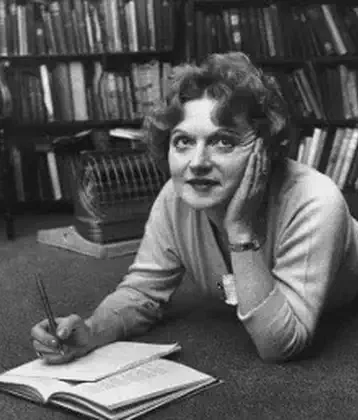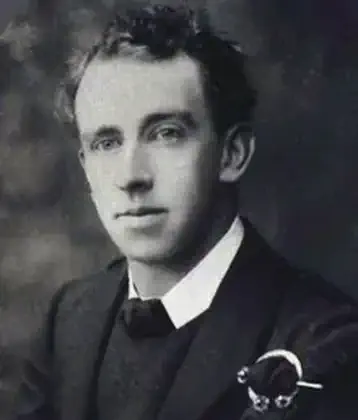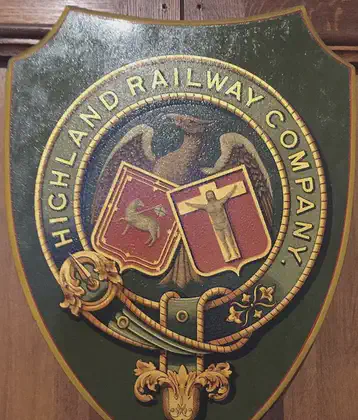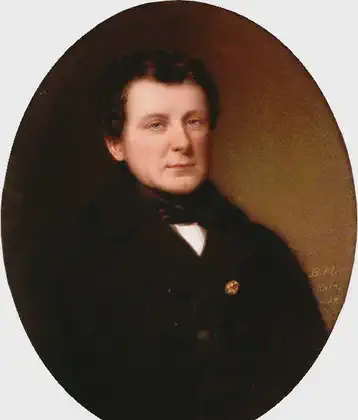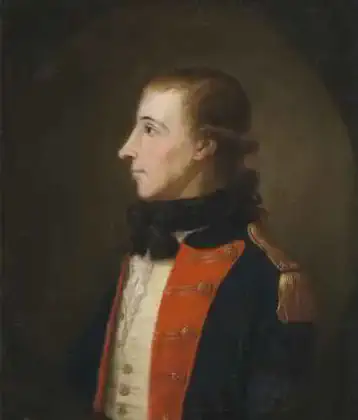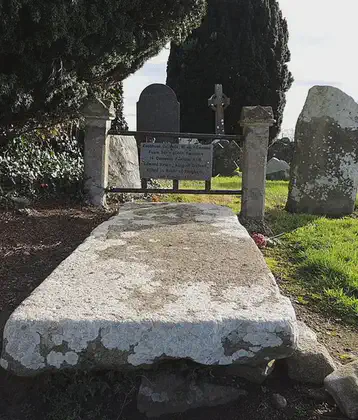On February 01, 1919 in Celtic History
Tanks and army patrol the streets of glasgow after bloody friday
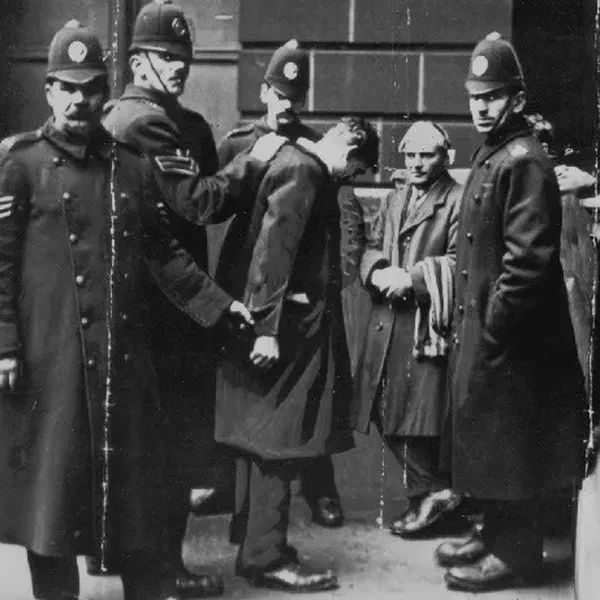
The Battle of George Square was a violent confrontation in Glasgow, Scotland between City of Glasgow Police and striking workers, centred around George Square. The “battle”, also known as “Bloody Friday” or “Black Friday”, took place on Friday 31 January 1919, shortly after the end of the First World War. During the riot, the Sheriff of Lanarkshire called for military aid, and government troops, supported by six tanks, were moved to key points in the city. The strike leaders were arrested for inciting the riot. Although it is often stated that there were no fatalities, one police constable died several months later from injuries received during the rioting.
Following this event, tanks and army troops were deployed on the streets of Glasgow, marking a significant moment in British labor history.
The unrest was rooted in the post-World War I economic and social tensions, including widespread unemployment and poor working conditions. Workers in Glasgow, particularly those in the shipbuilding and engineering industries, had been engaged in a campaign for shorter working hours, aiming to reduce the standard workweek from 54 to 40 hours without a reduction in pay. This was part of a broader movement to address unemployment by spreading work more evenly across the workforce.
On January 31, a large demonstration was held in George Square, in the heart of Glasgow, to protest in support of the 40-hour workweek. The gathering turned violent after clashes between the police and protesters. The authorities perceived the unrest as a significant threat, fearing a Bolshevik-style revolution, especially in the wake of the recent Russian Revolution and the ongoing social unrest across Europe.
In response to the perceived insurrection, the British government deployed troops, including tanks, to Glasgow to restore order and deter further unrest. This military intervention was a rare and controversial measure, reflecting the government’s fear of revolution and its determination to maintain control. The presence of armed soldiers and tanks patrolling the streets of a British city was a stark indication of the severity with which the authorities viewed the labor unrest.
The events of Bloody Friday and the subsequent military intervention had a lasting impact on labor relations and political activism in the UK, highlighting the extent of social tensions in the aftermath of World War I and the lengths to which the government would go to suppress dissent.

